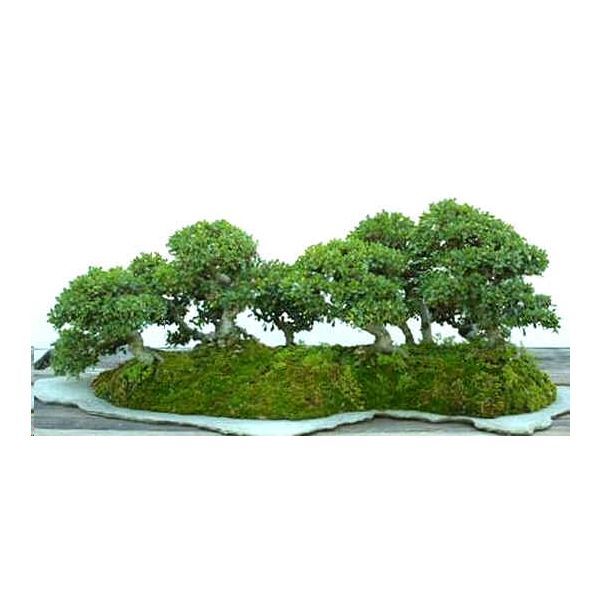Ulmus Parvifolia Seeds (Chinese Elm Seeds)
Ulmus Parvifolia Seeds (Chinese Elm Seeds)
Popular in the use of bonsai because it is easy to grow. The Chinese elm is also often recommended for beginners.

Delivery
All orders shipped with UPS Express.
Always free shipping for orders over US $250.
All orders are shipped with a UPS tracking number.
Returns
Items returned within 14 days of their original shipment date in same as new condition will be eligible for a full refund or store credit.
Refunds will be charged back to the original form of payment used for purchase.
Customer is responsible for shipping charges when making returns and shipping/handling fees of original purchase is non-refundable.
All sale items are final purchases.
Help
Give us a shout if you have any other questions and/or concerns.
Email: contact@domain.com
Phone: +1 (23) 456 789
Availability: In stock
SKU
Ulmus Parvifolia
The Chinese elm (Ulmus parvifolia) belongs to the genus Ulmus. Popular in the use of bonsai because it is easy to grow. Its strength enables it to tolerate some kind of maintenance errors.
The Chinese elm is also often recommended for beginners.
As a subtropical tree, it can be grown inside providing a very good light and it can be grown during winter in an unheated room.
However after a few years the tree may be exhausted. That is why it is recommended to grow out during the summer and then let all year round outdoors. During the winter, it can be useful to protect the root ball of gel with bubble wrap and leaves and place the tree in a cold greenhouse. Make sure that the temperature does not go below -5 ø C. In a few years, it will lose its leaves and acclimated in the fall.
Allow the substrate surface between waterings in light rain. Spray the foliage occasionally if the bonsai is indoors.
Hardiness zones:
Plant this tree in hardiness zones 5 to 8. It prefers full sunlight to partial shade.
Soil Conditions
Grow the Chinese elm in soil that is well-draining for best results. It is highly adaptable to varying types of soil conditions. It tolerates both acidic and alkaline soil, as well as soil that is not that fertile.
| Label | Ulmus parvifolia |
|---|---|
| Common name | Chinese Elm |
| Genus | Ulmus |
| Species | Ulmus parvifolia |
| Germination | Fill a planting tray with potting soil. Use a sandy or loamy potting soil that drains well and doesn?t retain water. The planting tray should also have holes in the bottom to help with drainage. Place the seeds on top of the potting soil at regular intervals, leaving two to three inches of space between each seed. Cover the seeds with more potting soil to a depth of 1/4 inch. Water the potting soil in the planting tray as soon as you?ve finished sowing the seeds. Continue to add water until the soil is fully saturated and water begins to run from the drainage holes in the bottom of the tray. Place the planting tray in a cold frame or greenhouse in a warm area that gets plenty of direct sunlight. The seeds should start to germinate within a few days. Keep the seeds in the greenhouse or frame through the winter, watering them whenever the soil becomes dry to the touch. Repot the seedlings when they grow to a height of about 6 inches, usually toward the end of the following growing season. Divide the seedlings and repot them into their own containers. Keep the repotted plants in the greenhouse or frame during the following winter. Plant the seedlings in the garden during the late spring or early summer. Choose a planting location that is in partial shade or fully exposed to sunlight. Ulmus parvifolia is adaptable and grows well in most types of soil -- from light and sandy soil to heavier clay soil -- providing it is well-drained. The tree is drought tolerant, and shouldn't require additional watering or fertilizing once planted in its permanent location. |
| Price View | Price Range |

